- Product
- Solution for
For Your Industry
- Plans & Pricing
- Company
- Resources
For Your Industry
The 2026 DACH Region’s Pricing Trends are reshaping how retailers and brands compete across Germany, Austria, and Switzerland. As a result, what used to be a stable, predictable pricing landscape is now defined by constant change.
As Europe’s most mature retail ecosystem, the DACH region is setting new standards for how pricing intelligence, transparency, and agility come together to protect margins and win loyalty. From dynamic pricing models to localized value strategies, companies are realizing that traditional pricing calendars no longer work in a world that updates by the minute.
In this article, we explore the key pricing trends transforming the DACH market in 2026, the technologies enabling this evolution, and how tgndata’s real-time pricing intelligence empowers retailers to stay ahead of every market move.

Inflationary volatility between 2023 and 2025 permanently changed how DACH consumers behave. Although price increases are slowing, shoppers remain cautious and pragmatic:
Economic normalization hasn’t reduced competition — it’s intensified it.
Retailers now operate in an environment where data speed equals pricing advantage.
AI, automation, and integrated data sources are no longer optional. They’re the backbone of modern pricing strategy.
Dynamic pricing is now the DACH standard. In practice, prices change hourly based on competitor data, inventory, and demand signals.
AI automation: Algorithms adjust prices in real time based on competitor movements, stock levels, and demand forecasts.
Price frequency: Prices can change several times per day in competitive categories like electronics and FMCG.
Performance impact: Retailers using dynamic pricing report 8–12% margin improvement and faster response to competitor shifts.
Dynamic pricing is most effective when paired with accurate competitor visibility.
With tgndata, retailers can monitor live pricing across thousands of SKUs in Germany, Austria, and Switzerland — enabling faster, data-led decisions.
Price elasticity — once a static metric — is becoming fluid and predictive.
AI-powered elasticity modeling analyzes millions of transactions to predict how customers respond to price changes in real time.
Forecasting demand with higher accuracy.
Detecting category-specific sensitivities.
Reducing markdown costs by identifying optimal discount points.
A leading German electronics retailer using tgndata’s data feeds improved promotional ROI by 15% through elasticity-informed price adjustments.
“Elasticity is now an always-on signal, not a quarterly report.” — tgndata Pricing Analyst
The DACH market may be united geographically. However, pricing success depends on localization.
| Country | Consumer Behavior | Pricing Focus |
|---|---|---|
| Germany | Highly price-sensitive; transparency-driven | Competitive pricing & frequent adjustments |
| Austria | Balance between loyalty and price awareness | Hybrid models blending value and brand positioning |
| Switzerland | Premium-led but cautious | Emphasis on value communication & quality justification |
Localized pricing strategies — informed by regional purchasing power, VAT differences, and cultural norms — will separate leaders from laggards in 2026.
Inflation’s long tail is teaching retailers one key lesson: pricing must defend margin as much as it drives sales.
Dynamic margin floors: Ensuring category margins never fall below target thresholds.
Elastic discounting: Promotions tailored to categories with proven elasticity.
Intelligent stock clearance: Aligning discounts with inventory velocity.
In Austria, one grocery chain reduced over-discounting by 18% using AI-driven margin protection logic — stabilizing profit without losing share.
2026 is the year pricing transparency goes mainstream.
Consumers no longer tolerate unexplained differences between channels or regions. They expect:
Clear explanations for higher prices (“Made locally,” “Sustainably sourced”).
Consistency between online and in-store pricing.
Real value messaging over pure discounts.
Forward-thinking retailers are already embedding price explanation modules on their websites — not to justify prices, but to communicate fairness and build loyalty.
Pricing cannot be isolated from product mix decisions.
Retailers across the DACH region are integrating assortment visibility with pricing intelligence to uncover hidden margin opportunities.
Overlapping SKUs that trigger price wars.
Unexploited category gaps competitors ignore.
Stock levels that signal when to raise or lower prices dynamically.
tgndata’s clients leverage live assortment and pricing feeds to keep catalogs optimized for both profitability and competitiveness.
In 2026, competitive data will move from reactive reporting to proactive forecasting.
Live intelligence platforms now:
Track millions of prices in real time.
Detect competitor moves as they happen.
Predict next-price shifts using machine learning.
Retailers that implement these systems gain a 360° market view — essential for maintaining pricing agility in an environment where one-hour delays can cost share.
The region’s top performers share three core capabilities:
Automation-first decisioning: Minimal manual overrides.
Integrated pricing ecosystems: Linking internal, external, and competitor data.
Cultural agility: Fast, decentralized pricing approvals.
These organizations treat pricing as a strategic engine, not a maintenance function.
Dynamic and AI-driven pricing are no longer optional — they are the DACH standard.
Localization is critical to balance competitiveness and brand value.
Transparency builds loyalty and differentiation.
tgndata’s real-time intelligence gives retailers the agility to lead, not follow.
In conclusion, the DACH Region’s Pricing Trends for 2026 mark a turning point in how retailers compete, price, and grow. As market volatility decreases but digital competition intensifies, businesses across Germany, Austria, and Switzerland must rely on agility rather than legacy pricing cycles.
Moreover, the integration of AI, automation, and real-time data has shifted pricing from a static process to a predictive system — one that rewards those who act faster and smarter. Consequently, transparency, localization, and elasticity modeling have become not only competitive tools but essential components of profitability.
Ultimately, success in 2026 will depend on how effectively retailers connect pricing intelligence with customer perception. By leveraging tgndata’s live market insights and automation capabilities, DACH businesses can anticipate shifts before they happen, protect margins, and lead with confidence in a market that never stops evolving.
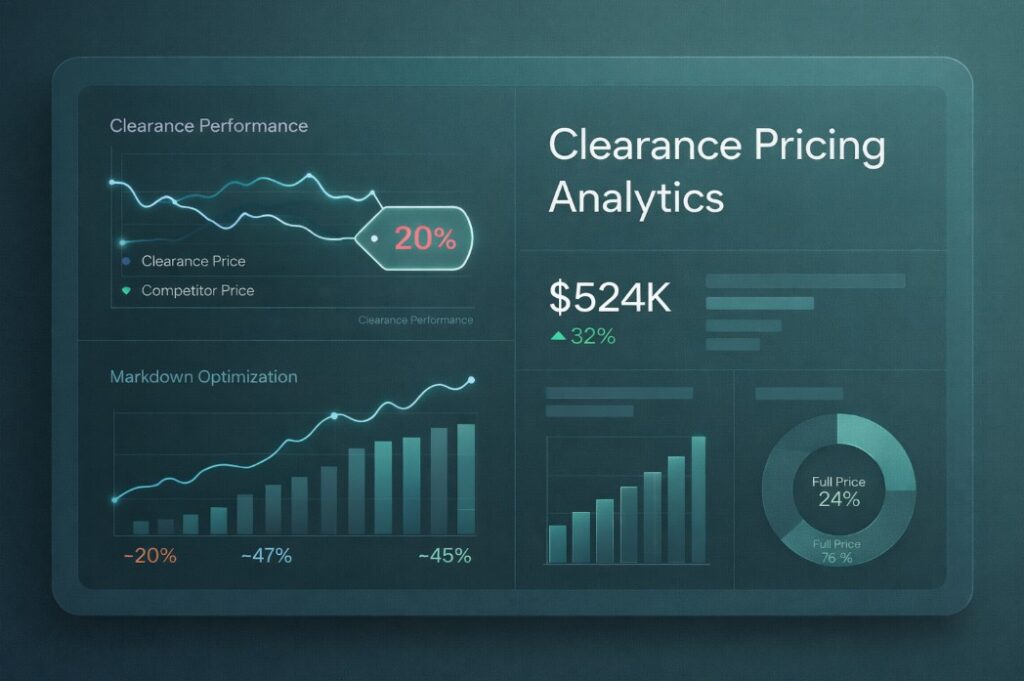
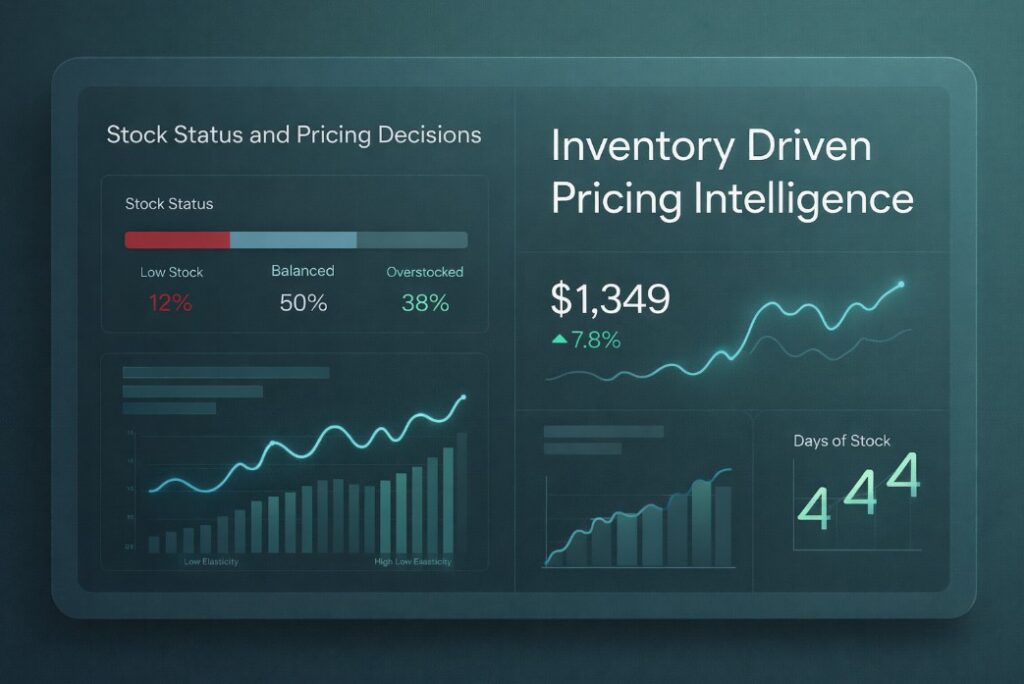
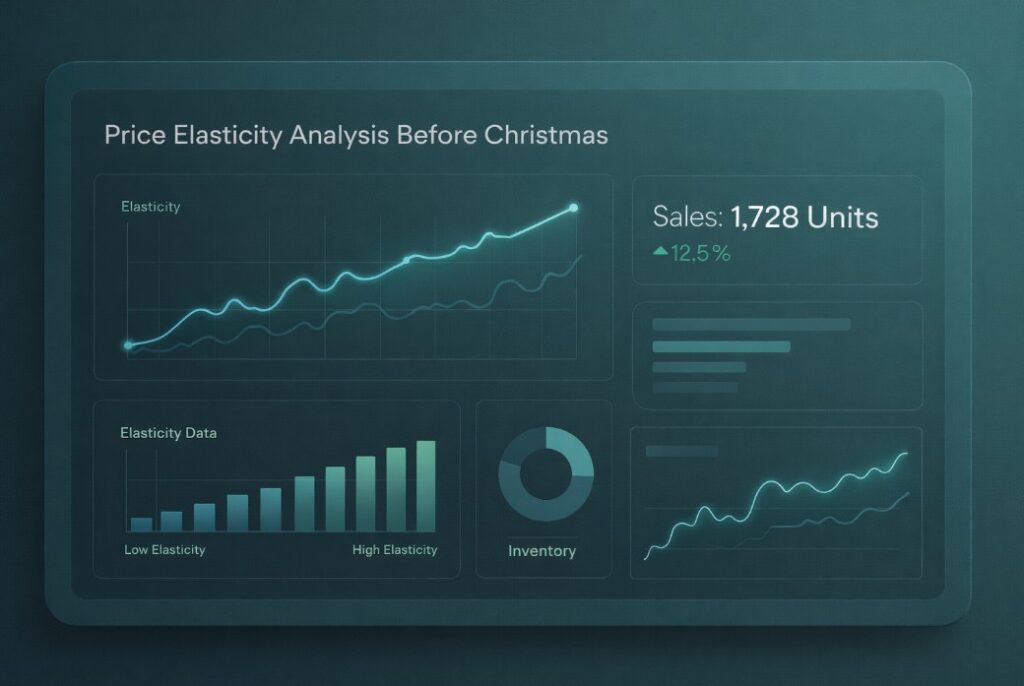
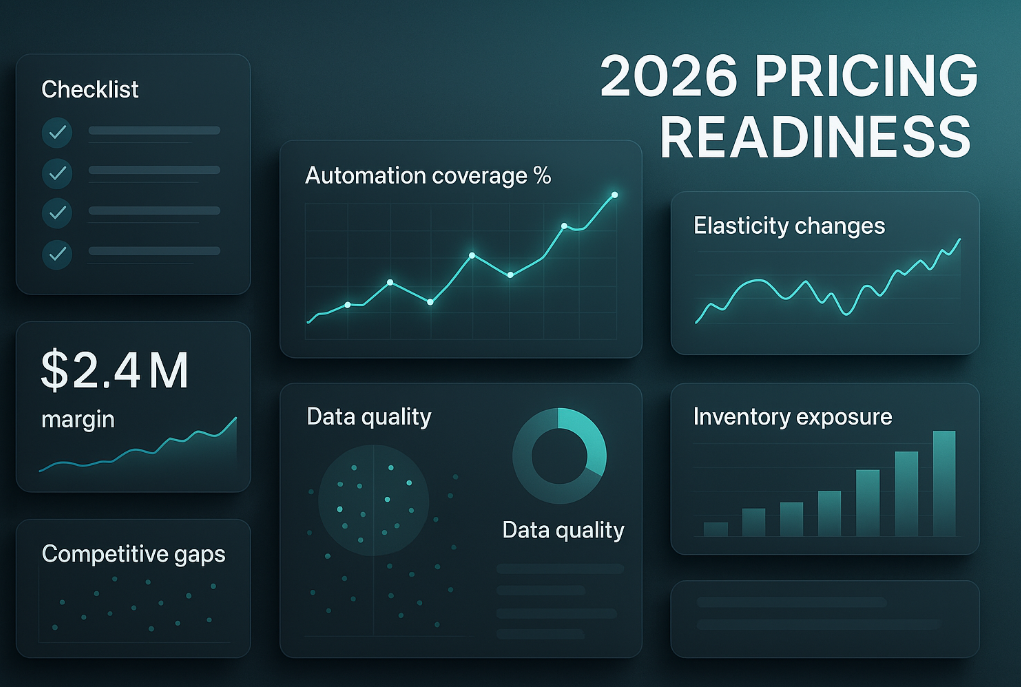
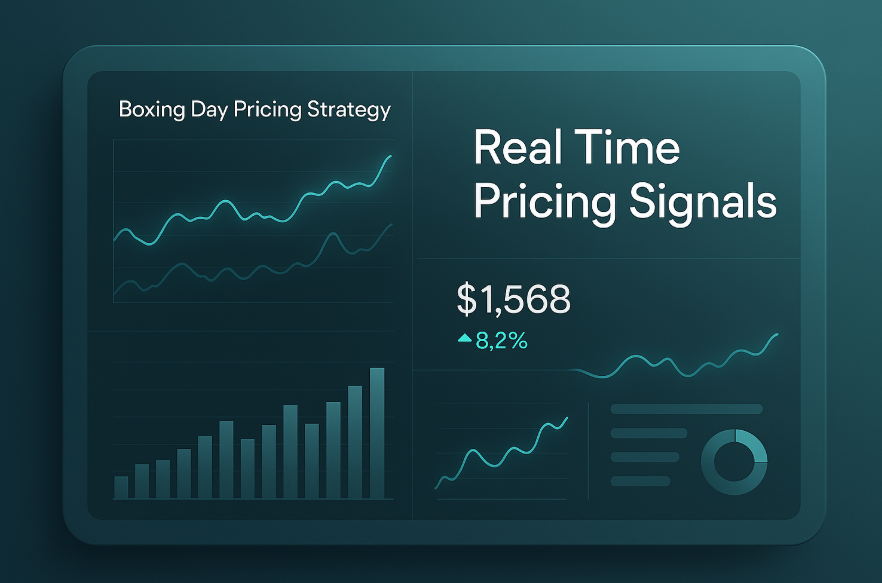
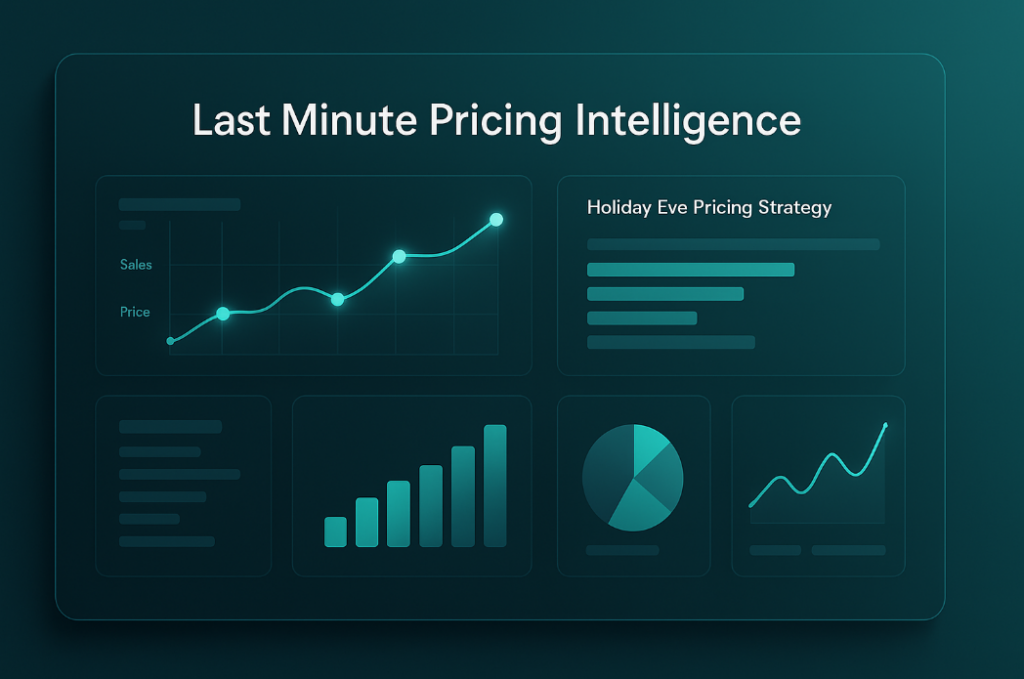







Missing an important marketplace?
Send us your request to add it!